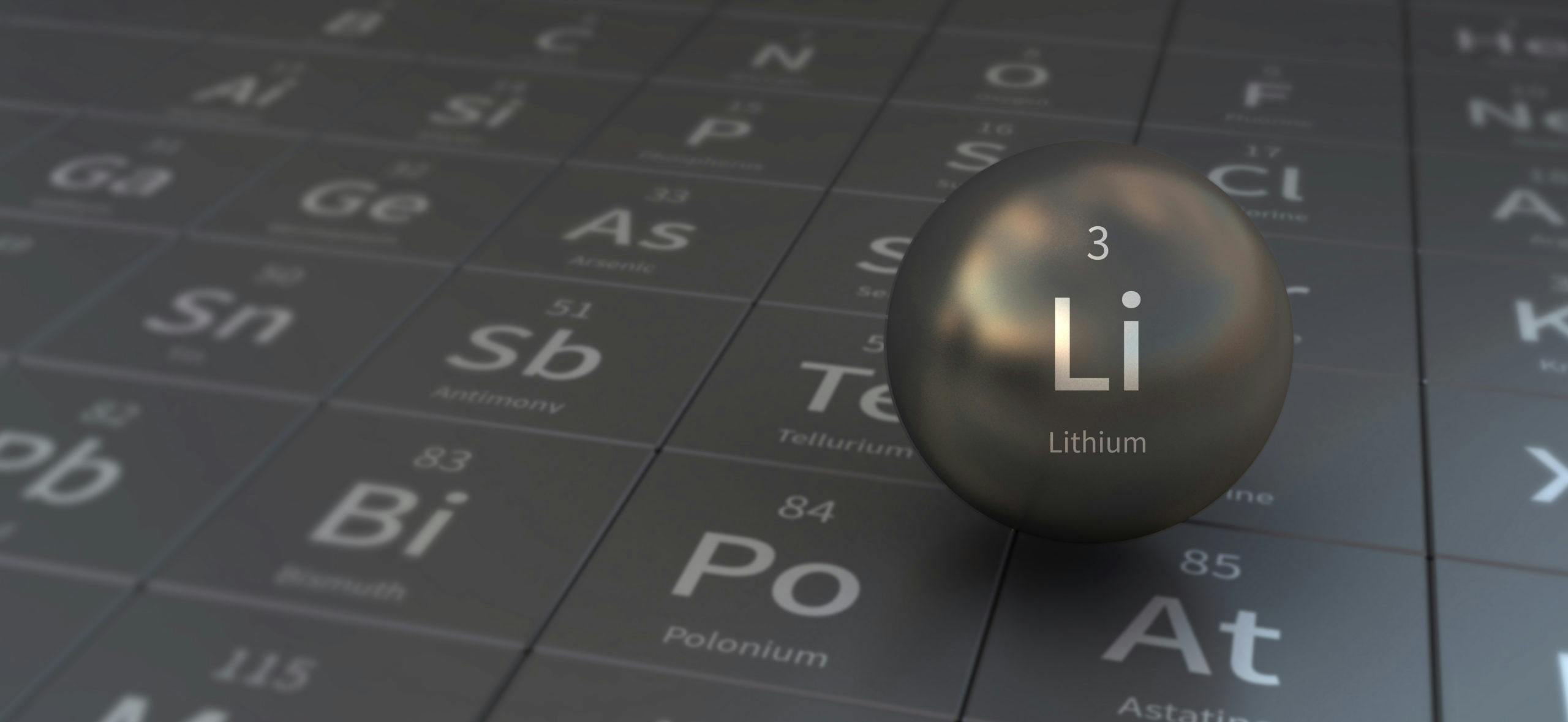Stellantis has announced that it has partnered with Vulcan Energy Resources for the supply of battery-grade lithium hydroxide in Europe. These will be used in electrified vehicles made by the brands under the Stellantis umbrella. The five-year agreement will commence with the first shipments starting in 2026.
The agreement with Vulcan is part of Stellantis’ larger electrification strategy, which was detailed in the latter’s EV Day presentation in July of this year. This cooperation will guarantee adequate availability of key raw materials for battery packs. Stellantis will invest over €30 billion ($33.7 billion) through 2025 in electrification and software development while remaining 30 percent more efficient than the industry with respect to total CapEx and research and development spending versus the company’s revenues.
“Stellantis is moving forward on its electrification strategy with speed and power. This agreement is further proof that we have the competitive spirit to deliver on our commitments,” said Michelle Wen, Chief Purchasing and Supply Chain Officer at Stellantis. “Safe, clean, and affordable freedom of mobility represents a strong expectation of our societies and we are committed to delivering on that matter.” In Europe, Stellantis is targeting 70 percent of its vehicle sales in Europe to be electrified by 2030 while the U.S. is projected to make up 40 percent.
Vulcan’s Zero Carbon Lithium Project in the Upper Rhine Valley region of Germany employs geothermal energy to make battery-quality lithium hydroxide from brine without using fossil fuels and minimal water usage. This results in reduced carbon emissions in the battery metals supply chain. In total, Vulcan will supply a minimum of 81,000 metric tons and a maximum of 99,000 metric tons of lithium hydroxide to Stellantis over the agreement’s five-year term.
“The definitive off-take agreement with Stellantis aligns with our mission to decarbonize the lithium-ion battery and electric vehicle supply chain,” said Dr. Francis Wedin, Vulcan Managing Director. “The Vulcan Zero Carbon Lithium™ Project also intends to reduce the transport distance of lithium chemicals into Europe, and our location in Germany, proximal to Stellantis’ European gigafactories, is consistent with this strategy. We look forward to a long and productive relationship between Vulcan and Stellantis, as we work to achieve our shared sustainability and decarbonization ambitions.”
Stellantis detailed its electrification plans at its EV Day presentation back in July. Of the 14 brands that the company owns, Jeep, Dodge, and Ram will play a key role in the U.S. market. Dodge will continue to focus on the enthusiast with its first electric muscle car arriving in 2024. Before that, it will introduce its first plug-in hybrid model, which will be all-new and not a variant of an existing vehicle. Ram will introduce an all-electric 1500 full-size truck in 2024, a year after Jeep adds its first battery-electric model. Jeep currently sells the Wrangler 4xe plug-in hybrid and will add the Grand Cherokee 4xe next year but appears to be available only as a five-seater. Other brands getting a full helping of electrified vehicles include Alfa Romeo, which will offer a plug-in hybrid version of the Tonale and is scheduled to go all-electric in 2027. Maserati will add two electric vehicles with the first arriving in 2022 and is likely the next-generation Gran Turismo sports car.
Vulcan is the latest company that Stellantis has partnered with for producing batteries and securing the supply of raw materials. Earlier this year, the company announced that it has partnered with LG Energy Solutions and Samsung SDI to create joint ventures for battery production.

